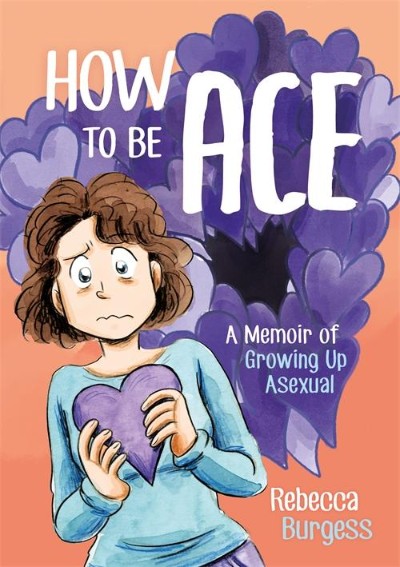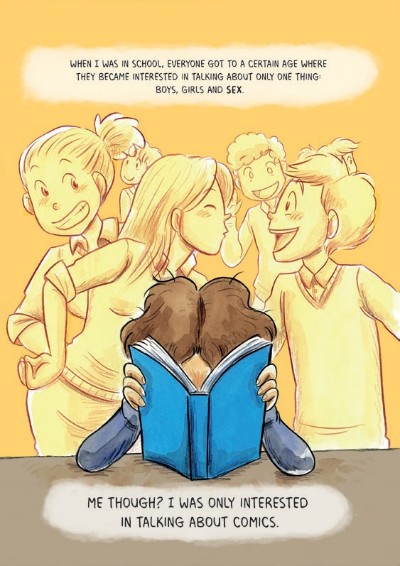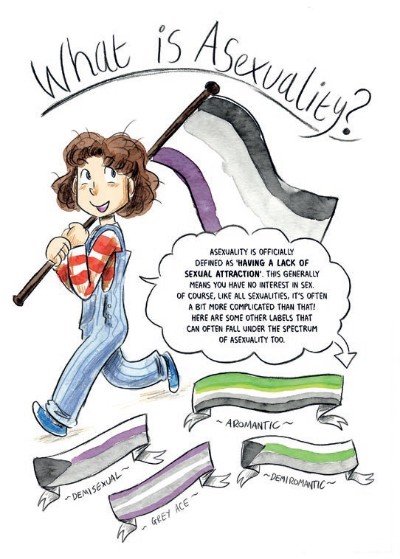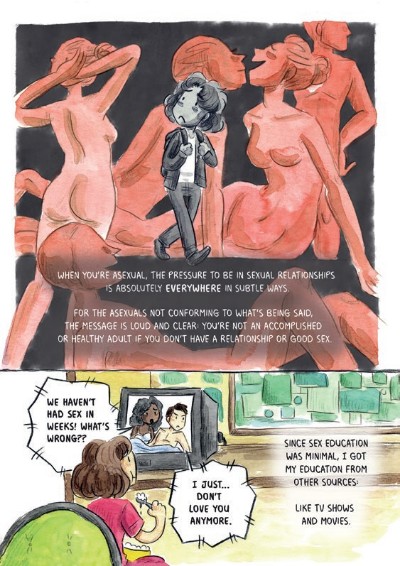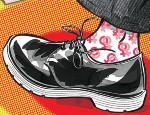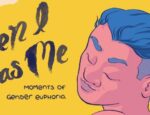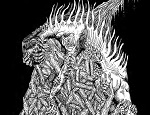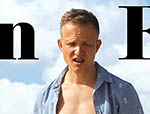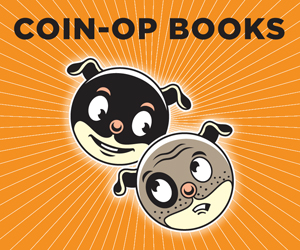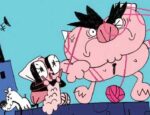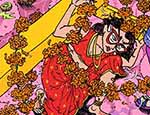Telling her own story of growing up during those awkward teenage/univeristy years, Rebecca Burgess’s How to Be Ace offers a unique perspective on the coming-of-age genre through frank discussion of growing up asexual, alongside examining living in a society where asexuality is rarely talked about and often viewed critically.
Using her fun textural style, likely drawn from her love of cartoons and manga (as referred to throughout the book), Burgess explores her own fears relating to growing up, navigating her own self-identity and the concept of fitting in with your peers.
Combining informative narration grounded in her own life events, Burgess introduces a sense of awkwardness around expectations in romantic relationships and how this affected her when growing up. It is clear that a lack of knowledge in society was a big factor in how long it took Rebecca to understand herself – as is often the case with LGBTQA+ identifying people. The narration throughout points out some of these stereotypes and misconceptions surrounding ace people, and clarifying how asexuality is different from person to person. Throughout the book that sense of awkwardness is conveyed in Rebecca’s interaction with her peers in regards to the concept of sex and relationships, describing how isolated an asexual person can feel. It shows how this caused her to feel obliged to act in particular ways despite making her uncomfortable.
Something that really stood out was the concept of representation and how useful it is to see a whole range of people’s experiences in order to understand ourselves better and to be more empathetic. This was firstly brought up through Rebecca discussing her asexuality with partner-to-be Sophie and how finding somebody with a similar experience affected her in a positive way; the same occurring when finding a word to use to describe your experience (in this case asexual), and her discovery of Good Omens as a possible asexual love story. The impact of more positive portrayals allows people to relate to media in a way that they may not have experienced before. It also allows for such a concept to exist within a wider consciousness in society which is so necessary for people with marginalised identities.
Alongside the discussion of sexual identity the book also navigates the transition from being a student to becoming an “adult”. It connects numerous experiences that occur in this period of life such as the stress and anxiety around starting your career (particularly relating to those in the creative industries) and how such things can bring us closer to other people. It also considers the idea that relationships, although they can be important, don’t define us. Just because relationships are portrayed so often as “the end” of stories doesn’t mean that they are. You don’t need a relationship to be happy – which is such an important message.
Overall, the book is both informative and heartfelt. Rebecca’s journey gives voice to asexual experience, combined with feelings surrounding growing up which the majority can relate to. How to Be Ace strikes a fine balance between memoir and information.
Rebecca Burgess (W/A) • Jessica Kingsley Publishers, £12.99
Review by Holly Raidl





